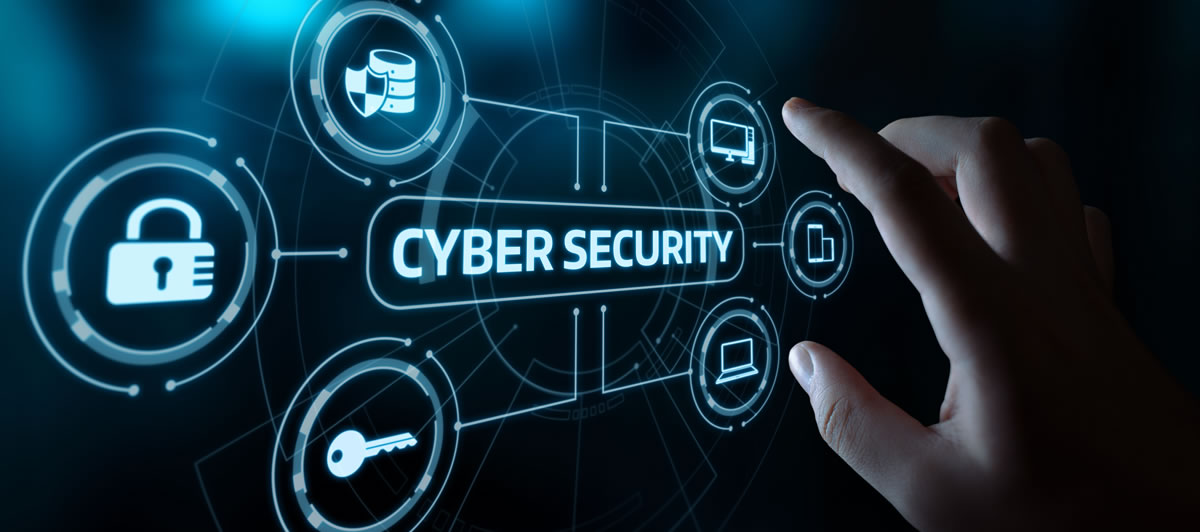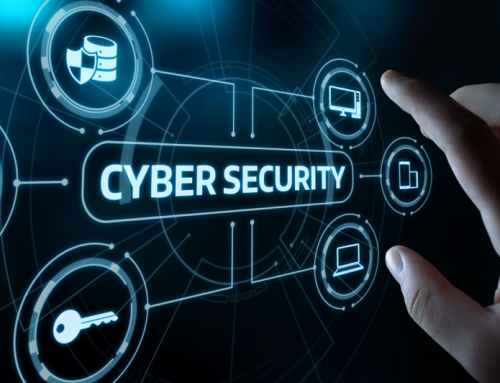If you hang around cybersecurity folks long enough, you’ll hear a lot of acronyms. Two that pop up all the time are SIEM and SOAR. They sound intimidating at first, but once you break them down, they’re actually pretty straightforward—and super important for anyone looking to understand how modern security teams detect and respond to threats.
First Things First: What’s SIEM?
SIEM stands for Security Information and Event Management. Think of it as a giant collection hub for all your logs and alerts. Firewalls, servers, applications, endpoints—everything sends its activity to the SIEM.
Why? Because it’s impossible for analysts to manually check thousands of logs per second across dozens of systems. The SIEM centralizes all that data, looks for patterns, and raises red flags when something suspicious is happening.
A good way to picture it: SIEM is like the security guard at a busy mall who watches dozens of CCTV cameras at once. If one store looks suspicious, the guard calls it out.
And What About SOAR?
SOAR stands for Security Orchestration, Automation, and Response. While SIEM is about visibility and detection, SOAR is about action.
Let’s say your SIEM flags an alert that looks like a phishing attack. Instead of waiting for a human analyst to manually investigate, SOAR can step in with automated playbooks:
-
Block the malicious IP.
-
Quarantine the affected device.
-
Notify the user and reset their credentials.
SOAR doesn’t just respond—it helps coordinate tasks between different security tools, reducing response time and taking repetitive work off analysts’ plates.
In short: SIEM finds the needle in the haystack, SOAR grabs the needle before it pricks anyone.
Why They’re Better Together
Here’s the thing—SIEM and SOAR aren’t competing technologies. They complement each other.
-
SIEM = detection, correlation, and visibility.
-
SOAR = automation, orchestration, and response.
When you combine them, you get a powerful cycle: SIEM raises the alerts, and SOAR makes sure they’re handled quickly and consistently. This is especially useful in modern enterprises dealing with massive volumes of data and constant phishing, ransomware, or insider threats.
Relevance to CompTIA Certifications
Now, if you’re working toward CompTIA CySA+ (Cybersecurity Analyst+) or Security+, both SIEM and SOAR are worth your attention.
-
In CySA+, SIEM is explicitly covered in the exam objectives under Security Operations. You’re expected to know how log data is ingested, how anomalies are detected, and how analysts use SIEM dashboards.
-
SOAR comes into play in both CySA+ and CASP+, where automation and orchestration are recognized as critical skills for modern incident response.
-
Even Security+ touches on SIEM as part of monitoring and detection basics.
So, understanding these tools isn’t just good for your job—it could also give you an edge on your next certification exam (and even help rack up CEUs for renewal).
A Day in the Life Example
Imagine you’re an analyst at a mid-size company. Your SIEM alerts you that three different employee accounts are logging in from overseas locations within five minutes of each other—something’s clearly off.
Normally, you’d have to dig through logs, verify the accounts, and then manually disable access. But with SOAR in place, an automated playbook can suspend those accounts immediately, notify IT, and trigger an investigation—while you focus on deeper analysis.
That’s the magic: less firefighting, more problem-solving.
Final Thoughts
Cybersecurity threats aren’t slowing down, and neither are the alerts landing on analysts’ desks. SIEM and SOAR work together to make sure teams can spot the bad stuff quickly and respond before damage is done.
If you’re studying for a CompTIA cert or already working in the field, getting comfortable with these tools will make you more valuable and way more effective. Think of SIEM and SOAR as your security sidekicks—one with sharp eyes, the other with quick reflexes—and together they help keep the enterprise safe.




